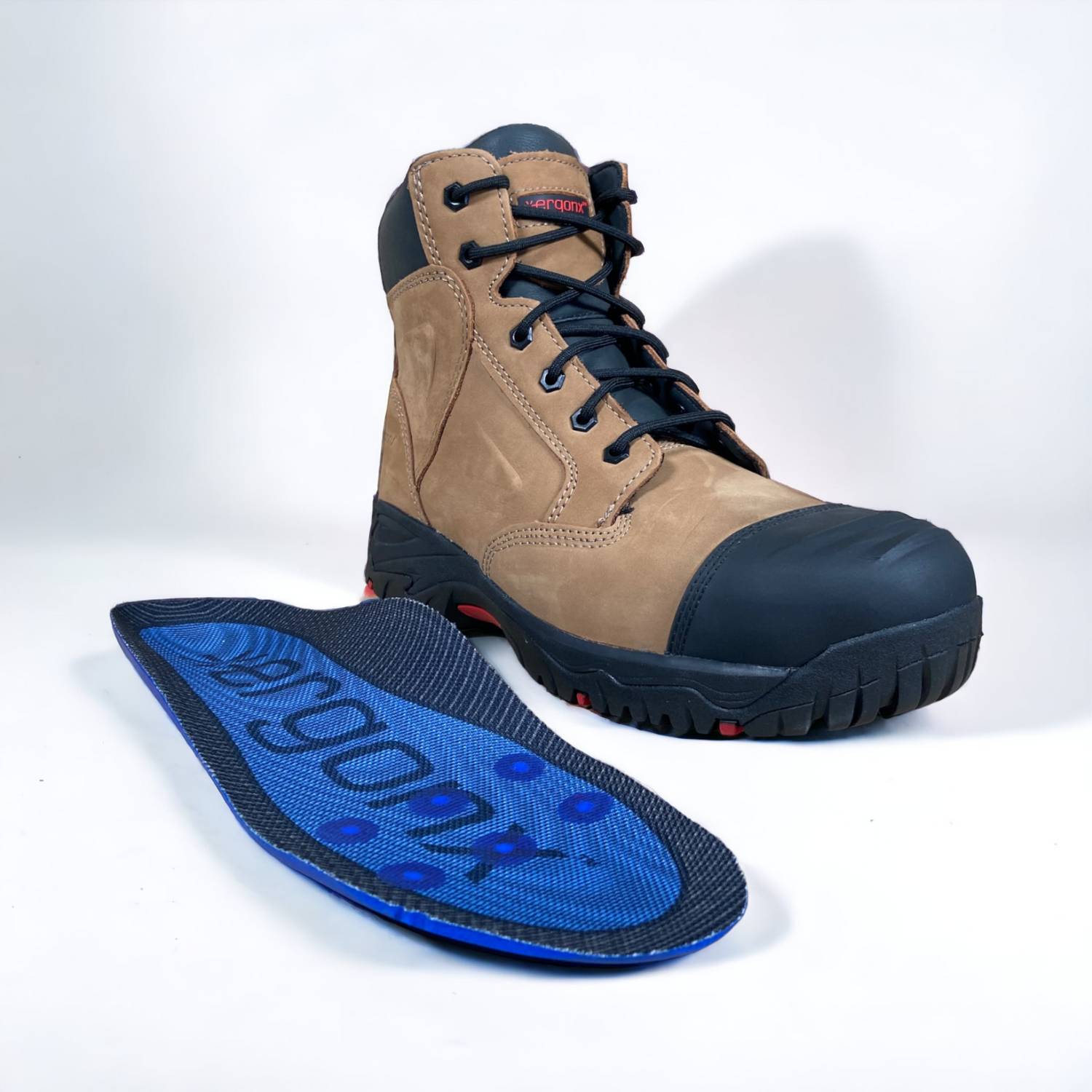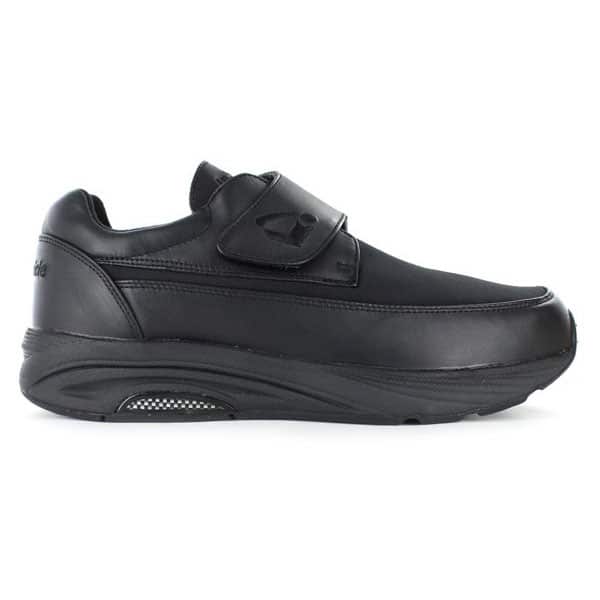Soleus Muscle
Its upper end is attached to both tibia and fibula, in the upper part of their posterior surfaces.
It runs downwards on the back of the leg and its lower end joins the gastrocnemius muscle to form a thick strong tendon called Achilles tendon, the strongest tendon in the whole body.
Achilles tendon passes at the back of the ankle and gets inserted into the backside of heel bone, called calcaneus.
Nerve Supply:
Tibial nerve L4, L5, S1, S2
Blood Supply:
Posterior Tibial, Peroneal and Popliteal vessels.
Movements:
This muscle works in synergy with the gastrocnemius muscle. Its contraction pulls the heel upwards and bends the foot downwards (plantarflexion), increasing the angle between leg and foot.
Functions:
The Soleus is a part of the group of strong muscles at the back of the leg, which are essential for walking and running.
The Soleus plantarflexes the ankle (pulls the heel upwards) and provides necessary propulsion required for walking.
The Soleus plays a vital role in stabilizing the ankle and also preventing us from falling forward when in static standing.
Moreover, Soleus has another important role in the body; it pumps the blood present in the veins of the legs back into the heart and for this reason it is named the peripheral heart.
Soleus along with the above laying gastrocnemius forms the calf muscle. Calf muscle strains are quite common in athletes and result in pain lower in the leg.






